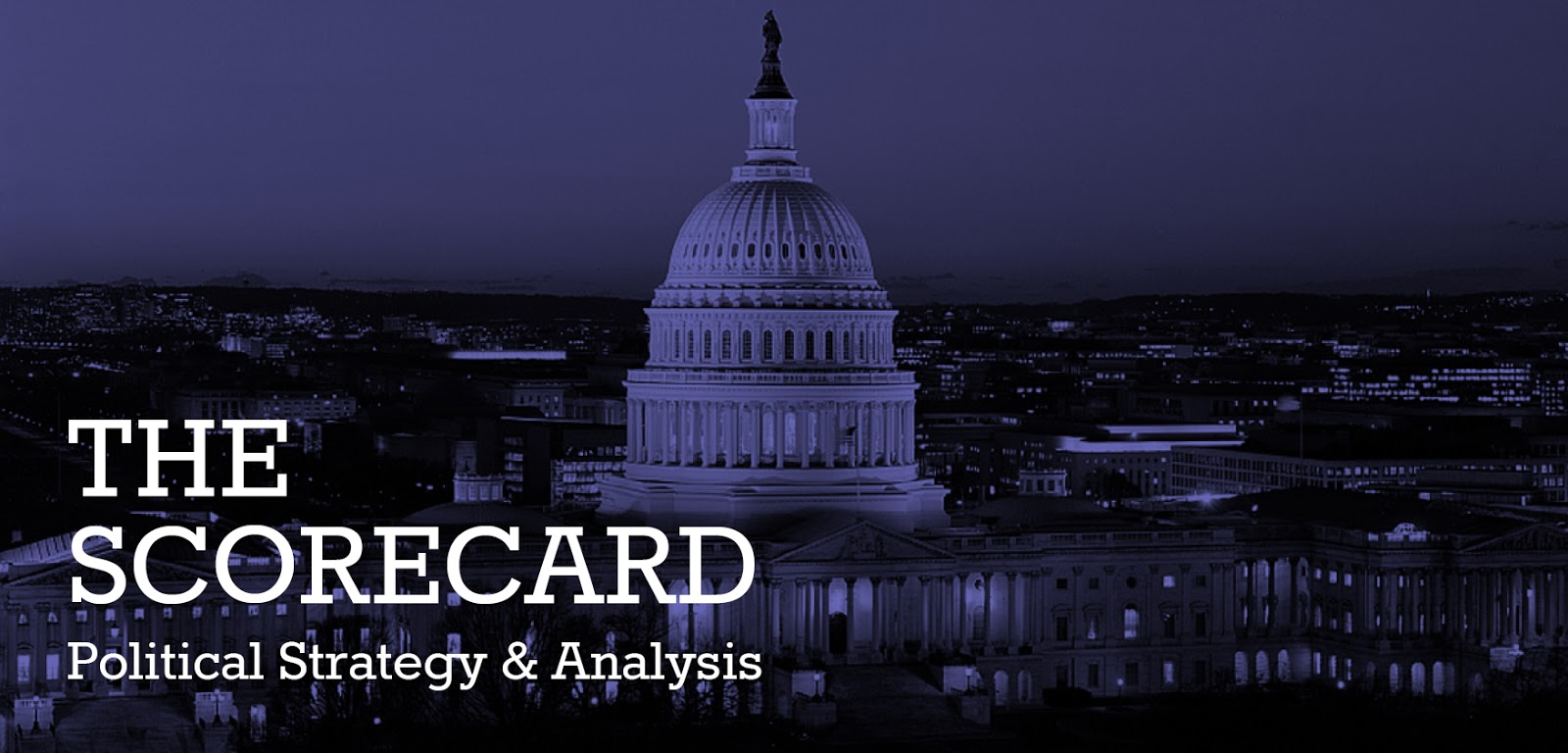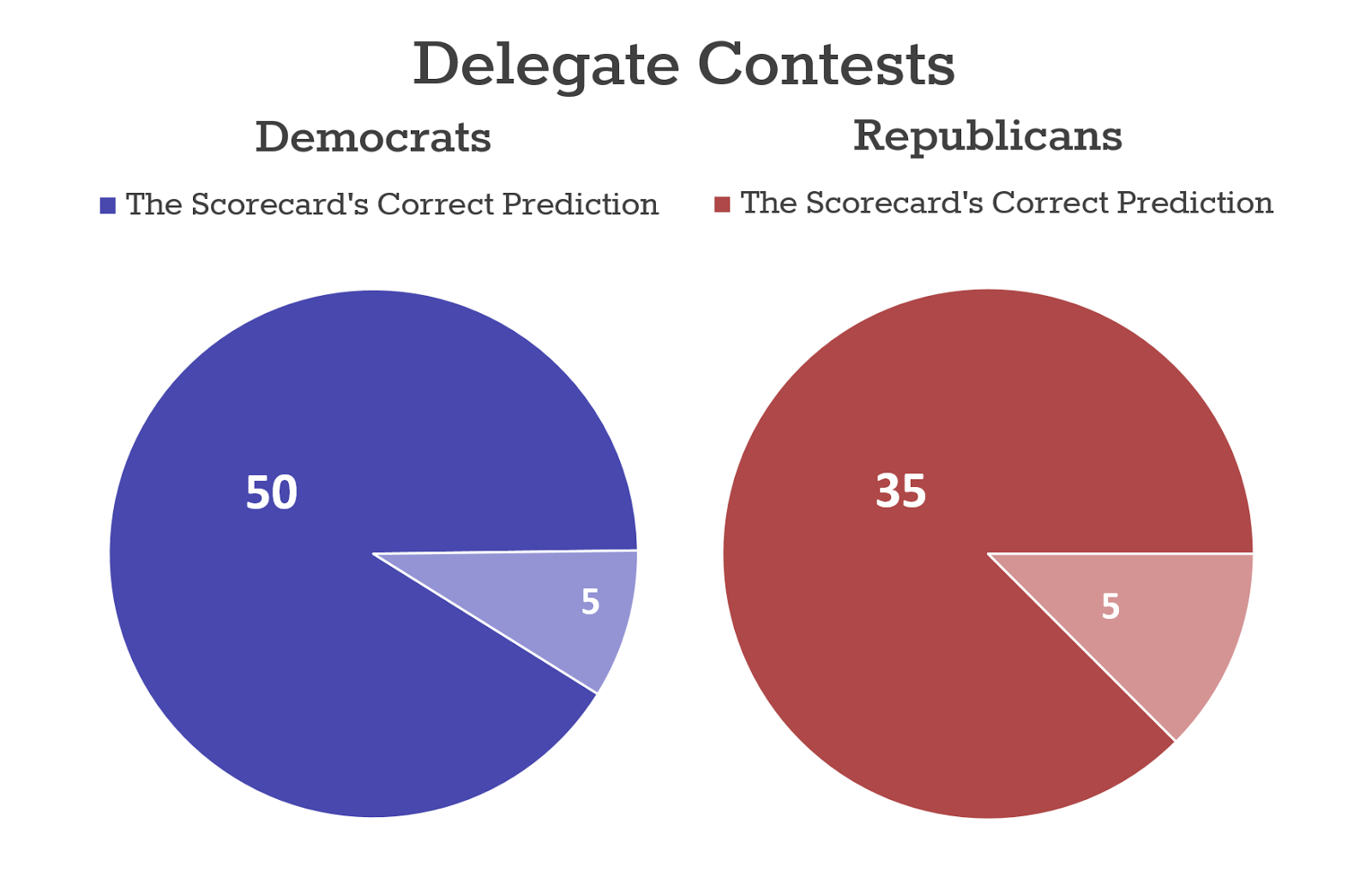One of the most amazing things about American political coverage is that there is an incredible obsession with election results up until the moment that a winner is “declared” at which point everyone basically moves on. (The AP has not even updated its delegate counter in a month despite decent-sized changes.) Clinton is a winner, Trump is a winner. Everyone else is a loser. Sure we see a piece or two from the top quality data journalism shops about the vote totals but it mostly disappears into dust. We are going to do our best to tell the full story of the vote totals to avoid the dust.
The first
thing you need to know is that the counting of primary votes just ended a few
days ago. The California primary was on June 7th and counting was
finished almost a full month later.
While this counting did not change the victor, it did alter the margin
considerably. Clinton was leading by a bit more than 10% on June 7th
but in the end she won by only a little more than 7%. Over the course of the
count, votes shifted enough to cost Clinton 15 delegates. This did not come
close to changing the overall outcome but it did demonstrate that the polls that
had California somewhat close were not entirely wrong. It also showed that the
trends that Sanders benefited from demographically held up. Younger Latinos
almost certainly voted solidly for Sanders.
Had the race
been closer this slow count would have been terribly detrimental to Sanders as
he might have just taken the lead in California now even though the election
has looked over for a long time. Clinton still would have won in the delegate
count overall and been poised to take the nomination. Yet, with political
coverage being so narrative driven, a Sanders’ California victory could have
been a real shocker. Had this been a normal election where the person with the most
votes simply wins as opposed to a proportional election (particularly if the
Republican race had been contested), this could have left the nomination
hanging in the balance for a whole month. California does a very good job of
counting votes but it goes very slowly.
The second
thing is that we now have a rough sense of how many total votes were cast on
each side and for each candidate. We should lead with the limitations. Because
some caucuses simply do not report vote totals, it is impossible to know
exactly how many votes were cast for each candidate. By the same token, on the
Republican side presidential preference contests were not held in Colorado or
North Dakota and the total from Wyoming seems to be from a subsequent round of
delegate voting, not the voter round. The consequence of all this is that
numbers are incomplete and always will be. Thus everything is somewhat of an
estimate. Though not perfect, they are still telling.
Let’s start
with the total number of votes cast. Roughly speaking and being as inclusive as
possible, 63 million people overall participated in both parties’ nomination
processes. That’s a record for combined total, though the Democrats in 2008
still racked up more votes for a single side. The number of primary voters this
year is about 49% of the total who voted in the 2012 Presidential election. Doubling
the size of the electorate from the primary, which is likely to happen in November,
changes the makeup of voters as well. Primary voters are generally older, more
partisan, richer and better educated.
Primary
votes tell another story as well. Throughout much of the primary process, a
media driven sense emerged that Republicans were participating in large numbers
and Democrats basically were not voting. The final numbers don’t reflect that.
Democrats and Republicans voted in pretty much equal numbers. Thegreenpapers.com,
which does a fantastic job tracking all of this, reports that Republicans cast
about 639,000 more votes than Democrats, 31,160,000 to 30,521,000.
These totals,
however, do not include participation estimates from Democratic caucuses in six
states. In five of them, Iowa, Maine, Nevada, North Dakota, and Wyoming, an entirely
reasonable estimate of combined Democratic participation is 225,000, shrinking
the Republican margin to 414,000. This leaves the perplexing question of what
to do about Washington State, which holds both a caucus that allocates delegates
and a primary that is a meaningless beauty contest. We know that 802,754 voted
in the meaningless beauty contest but we have a much harder time figuring out
caucus participation though it is considerably lower. The decision to use the
primary or the caucus estimate determines whether Democrats leap frog
Republican participation by a good bit, or whether Republicans have about
100,000 to 200,000 more participants.
This is
largely academic. With some effort to include Republican votes in the states of
Colorado, North Dakota and Wyoming, a near tie is reinstituted. Republicans
also had the disadvantage of having their contest end with a month of voting to
go, likely suppressing turnout and giving the potential lead back to the
Democrats. Regardless, the key take away is that about an equal number of
Democrats and Republicans participated in the nominating process. The large lead
Republicans held until June was mostly erased by California. Democrats also
ended up with about 84% of the vote cast in 2008 -- not the greatest
performance ever but far from the disaster that was foretold.
Donald Trump
and Hillary Clinton won their respective nomination fights (although Trump
still faces rumors of a coup in Cleveland). But there is still much to tell in
the story of losing. If you listened endlessly to media coverage, you would
think that because Trump won the Republican nomination he got huge numbers of
votes. Similarly, because Bernie Sanders lost, you would be under the
impression that he got many fewer votes. The reality is that Trump and Sanders had
about the same number of primary votes. (Again, these have to be estimates
because of caucuses.) Donald Trump ended up receiving 14,009,000 votes, while
Bernie Sanders had roughly 13,543,000 votes, a less than a half million spread.
What is more,
Trump clearly benefitted from his primary process wrapping up with a month to
spare, pocketing him a decent number of uncontested votes. Adding votes in Colorado,
North Dakota, and Wyoming would have helped Trump. The point is that Sanders and
Trump had relatively equally-sized forces within their respective parties. That
one lost and the other won has much more to do with the rules in place and how
the Democratic and Republican establishment responded than it did with the
power of the message and the skill of the campaign.
Hillary Clinton, who clocked in at over 17
million votes, also deserves credit for getting that number of votes and her
victory should not be diminished because her race went on longer. Her contest lasted
longer not because she won by less than Trump in a real sense, but because
Republican rules end contests and Democratic rules prolong them.
The final
thing to consider is the about half of all primary voters who voted for someone
who did not win. Who will they vote for in November? In the case of Sanders,
Democratic unity seems to be breaking out but time will tell how many of his
13.5 million voters vote for Clinton. By the same token, there are 4.2 million
John Kasich moderate Republicans who ultimately may not be able to stomach
Trump. These are big numbers as the last Presidential election was decided by basically
five million total votes.
Conclusion:
How you
count the votes and how long you pay attention can have a dramatic effect on
how you consider events. Staying all the way through the credits makes you
smarter when it comes to understanding elections. Roughly half of general election
voters voted in this year’s nomination process. Democrats and Republican cast
roughly even number of ballots. Trump and Sanders forces were relatively
equally matched despite coverage to the contrary. Clinton and the Democratic establishment
remain the strongest force in American politics, though they face a challenge
from Trump and were pushed hard by Sanders on the left.



